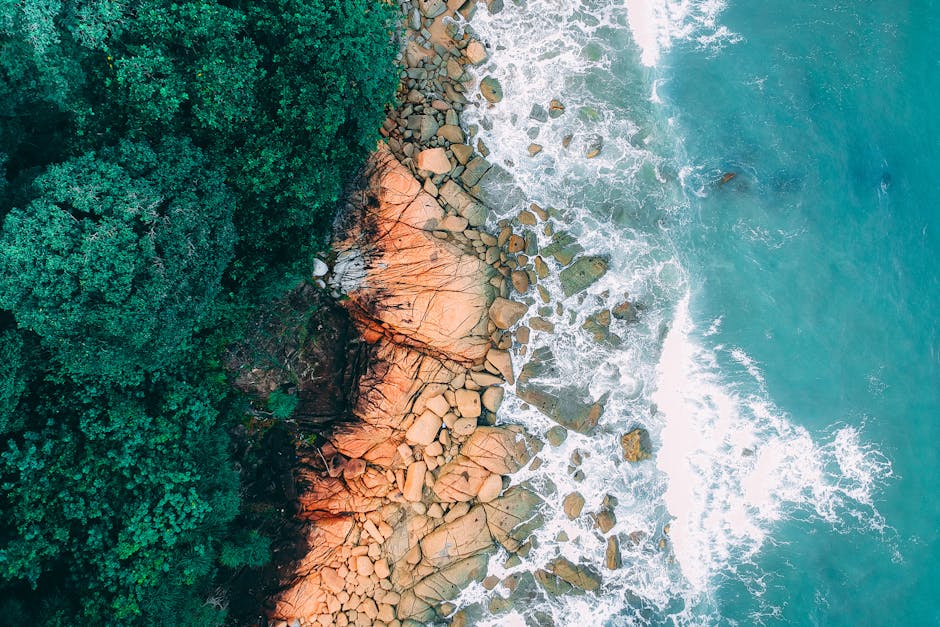Top 5 Captive Bred Marine Fish for Your Nano-Reef Aquarium
Hello everyone, today I’m going to show you the top five marine fish for your nano-reef aquarium that I recommend. Many aquarists today are concerned about more than just where their fish originated from. However, how were they gathered? Were they caught in a net? Were they raised in a tank? Or were they bred in captivity?
I’m going to show you the top 5 captive bred marine fish for your nano-reef aquarium in today’s article.
Clownfish, particularly the Ocellaris Clownfish, remain one of the most popular marine fish among all levels of aquarists. Clownfish are ideal for nano-aquariums because they are modest in size. They just take up a small portion of your tank and are very calm.
Clownfish are now available in a variety of designer colorations thanks to captive breeding. Hobbyists have access to a wide range of captive-bred species. Clownfish are a fun fish to keep because they are so friendly.
The Maroon Clowns are one species with which you should use caution. The Maroon Clowns can reach a length of six inches, making them too large for a nano-reef aquarium. If you want to get one of the Maroon species, make sure you have a larger aquarium. Cardinal Fish another fantastic captive-bred fish that we highly recommended for nano-reef aquariums of greater sizes.
They’re a methodical, slow-moving fish who prefers to stay active in the middle to high reaches of your tank.
They get along swimmingly with other fish and are quite quiet. The Pajama Cardinal and the Bangai Cardinal the two most prevalent captive-bred species. Pajama Cardinals thrive in groups and in aquariums with numerous fish. Within your aquarium, they will establish a little hierarchy.

Our industry’s success story with Bangai Cardinal fish is fascinating. Due to overfishing, it became the ideal choice for captive breeding and is currently successfully aquaculture in Indonesia.
They are more aggressive than Pajama Cardinals. Males, in particular, can be particularly aggressive toward one another. It’s therefore preferable to keep a mated couple or at least one of them. They’re also extremely easy to breed, and the males are mouthbrooders.
The eggs will held in their mouth until they are ready to hatch. Today, aquarists can choose from a variety of captive-bred Blennie species. The majority of them concealed within your rock work. The new Kamohara Blenny, available from ORA, is an exception. This sturdy, handsome fish is formerly only available in Japan, but it is now farm in the United States.
This is an extremely active and lively fish. It wanders around your tank all day, looking for little crustaceans or hiding spots for the night. It’s a fish we’d strongly advise you to try. Because it’s calm and gets along with everything else in our reef tank.
Cleaner Gobies, like Clownfish, a fish that has been breeding in captivity for a long time. And it’s practically a requirement for any reef aquarium. These fish eat parasites from other fish, so they’ll keep the rest of your tank healthy.
They don’t get much more than two inches in length and are fairly gentle. Get along with practically every species of fish and known as cleaner fish because they use parasites to clean other fish. They will also eat little portions of frozen and dry aquarium feeds in aquariums.
The Shark Nose Goby and the Neon Goby are two of our favorite captive breed Gobies. Dottybacks another captive-breed fish that thrive in nano-reef tanks.
They are available in a wide range of colors and styles. The Orchid Dottyback and the Indigo Dottyback are two of our favorites.
Both are a beautiful purple color, and they’re available in the Electric Indigo Dottyback. This is a crossbreed between the two species. The more species of captive-bred fish you have in your aquarium, the better. The more success you have, the better. The best part about our activity is that we can do it every year.
We’re witnessing an increasing number of aquacultured species emerge. So, what species can we expect to become more widely available in the coming year? We got a sneak peek at some infant captive breds recently. Coral Beauty Angelfish, Mandarin Gobies who eat flake food, and a Filefish that eats Aptasia .



